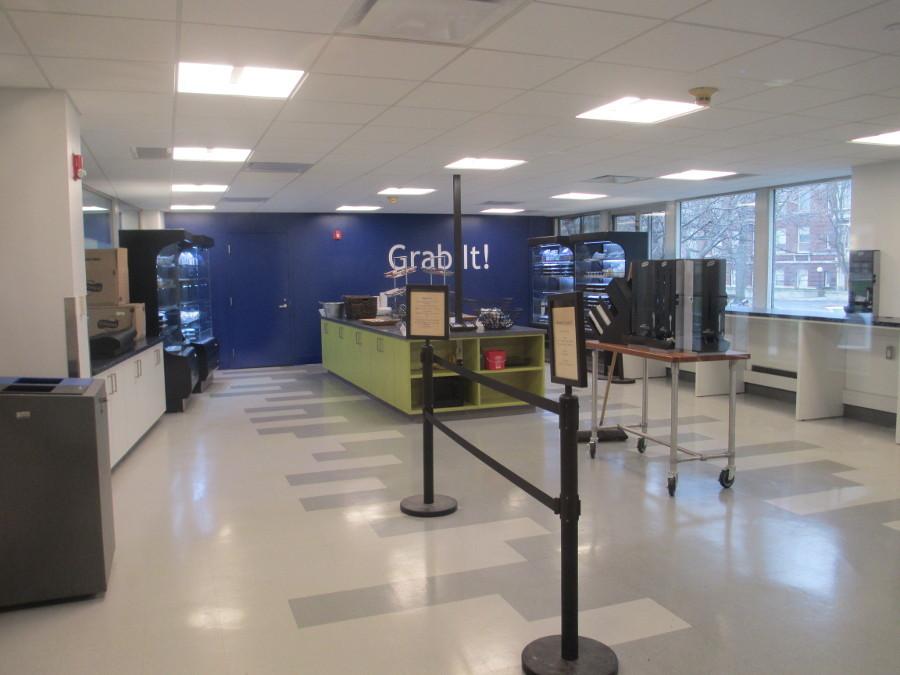Sleepy-eyed and grumbly-stomached no longer
A critique of morning meal plan options
Grab-It, Bag-It, L3, the Rough Rider Room. These are the off-hours, on-the-go options for those roped onto the meal plan to get their (purported) $13 per swipe’s worth. Notice what’s missing from that list? Options for the most important meal of the day.
Breakfast is indisputably regarded as a vital aspect of a healthy diet. There’s an abundance of evidence showing that people who skip breakfast have slower metabolisms, are more likely to be heavier or gain weight and are generally less healthy than those who dine in the morning. Even a quick bite—a bowl of cereal or oatmeal, some yogurt, a piece of fruit—can make all the difference in helping one fuel for a day and preventing overeating at other meals.
All this is common knowledge. What’s also common knowledge is that college students are simultaneously busy and lazy people. Where we can cut corners to grab a few extra winks of sleep, we do. And this often means that the morning slog to Fribley Marché or Leutner Dining Hall for a breakfast that, let’s face it, is utterly predictable and largely unsatisfying due to its repetitiveness, is not deemed to be worth it.
First and second-year students are obligated to participate in the meal plan. The lowest meal plan a first-year can be on is 17 swipes per week. Assuming the normal person eats one lunch and one dinner per week, that leaves unaccounted three swipes per week. Presumably, these are to be used for breakfast or midnight snacks, but more often than not they’re wasted. These are swipes we pay for and do not use simply because it’s too inconvenient to do so.
If the meal plan is designed to help ensure that underclassmen are well-nourished and well-taken care of as they transition to life away from home, how is it that breakfast is so seriously neglected? The number of students who actually have or make the time to eat a full sit-down meal for breakfast is very low. Morning traffic at Leutner is not so much traffic as a slow trickling-in of very tired but also very hungry students.
Of course, this issue has a simple solution: creating stations like Grab-It and Bag-It which carry breakfast foods and are open during morning hours for students to stop by, nab a quick bite and be on their merry way. It’s not that we don’t eat in the mornings because we’re not hungry; we don’t eat because we don’t have the time. Instituting on-the-go morning meal plan options would not only be a convenient way to prevent grumbling stomachs in early morning classes, but would also better the health and happiness of CWRU’s undergraduate students.
Monica Chavan is a first-year student.


